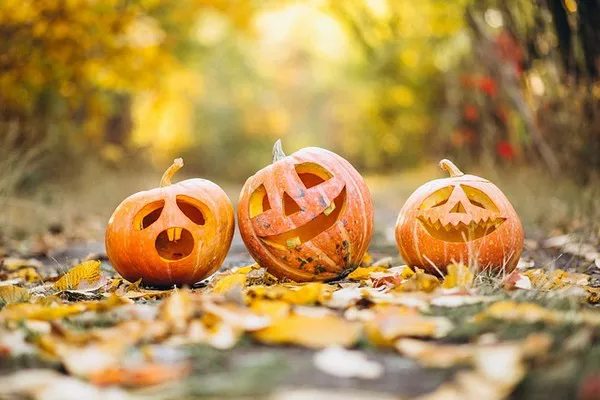Halloween, with its iconic imagery of ghosts, pumpkins, and costumes, has become a widely celebrated holiday in the United States. However, its origins trace back to ancient Celtic festivals, particularly the Gaelic festival of Samhain, which marked the end of the harvest season and the beginning of winter. Over the centuries, Halloween evolved through a complex interplay of religious, cultural, and commercial influences to become the festive occasion it is today. This article explores the historical journey of Halloween and how it transformed into a quintessentially American holiday.
Ancient Roots:
The roots of Halloween can be traced back to the ancient Celtic festival of Samhain, celebrated by the Celts in Ireland, Scotland, and parts of Wales. Samhain marked the end of the harvest season and the beginning of winter, a time associated with death and the supernatural. It was believed that during Samhain, the boundary between the living and the dead became blurred, allowing spirits to roam the earth.
To ward off these malevolent spirits, the Celts would light bonfires and wear costumes made from animal skins. They also left offerings of food and drink outside their homes to appease the spirits. These traditions formed the foundation of many of the customs associated with Halloween today, such as bonfires, costumes, and trick-or-treating.
Christian Influence:
With the spread of Christianity, the Celtic festival of Samhain was gradually incorporated into Christian traditions. In the 8th century, Pope Gregory III designated November 1st as All Saints’ Day, a day to honor all saints and martyrs. The evening before All Saints’ Day became known as All Hallows’ Eve, which eventually evolved into Halloween.
Christian missionaries often adopted local customs and practices as a way to attract converts, and Halloween was no exception. Many of the customs associated with Samhain, such as bonfires and costumes, were incorporated into the Christian celebration of All Hallows’ Eve.
European Traditions:
Halloween was brought to America by European immigrants, particularly the Irish, Scottish, and English, who settled in the New World during the 19th century. These immigrants brought with them their Halloween traditions, including the practice of carving turnips or pumpkins into lanterns, a tradition that originated from the Irish legend of Stingy Jack.
In America, Halloween was initially celebrated primarily in immigrant communities, where it served as a way to preserve cultural identity and traditions. However, as America became more urbanized and industrialized, Halloween began to spread beyond immigrant communities and into mainstream American culture.
Commercialization:
The commercialization of Halloween began in the late 19th and early 20th centuries with the mass production of Halloween-themed decorations, costumes, and candy. Department stores and manufacturers capitalized on the growing popularity of the holiday, marketing Halloween merchandise to American consumers.
Trick-or-treating, a tradition with roots in medieval Europe, became widespread in America during the mid-20th century. The practice of going door-to-door in costume and asking for treats likely evolved from the Celtic custom of leaving offerings for the spirits.
Television and movies played a significant role in shaping the modern image of Halloween. Classic horror films like “Dracula” and “Frankenstein” became staples of Halloween programming, while TV specials like “It’s the Great Pumpkin, Charlie Brown” and “The Simpsons’ Treehouse of Horror” further solidified Halloween as a cultural phenomenon.
Modern Celebrations:
Today, Halloween is celebrated across the United States with a variety of customs and traditions. Children and adults alike dress up in costumes ranging from spooky to silly, attend costume parties, and decorate their homes with jack-o’-lanterns, spider webs, and other spooky decorations.
Trick-or-treating remains a popular Halloween tradition, with children going door-to-door in search of candy and other treats. Many communities also hold Halloween parades, haunted houses, and other festive events to celebrate the holiday.
In recent years, there has been a growing trend towards more inclusive and culturally sensitive Halloween celebrations. Many schools and community organizations now promote alternatives to traditional Halloween activities, such as “trunk-or-treating” events held in parking lots or “Halloween parties” that emphasize games and activities rather than candy.
See also:The Evolution of Paid Holidays in the United States
Conclusion:
Halloween has undergone a remarkable transformation from its ancient Celtic roots to become a beloved American holiday. Through a combination of ancient traditions, Christian influence, European immigration, and commercialization, Halloween has evolved into a vibrant and diverse celebration enjoyed by people of all ages and backgrounds.
As we continue to celebrate Halloween in the 21st century, it’s important to remember the rich history and cultural significance of the holiday. Whether we’re carving pumpkins, donning costumes, or indulging in sweet treats, Halloween provides an opportunity for us to come together as a community and celebrate the magic and mystery of the season.

